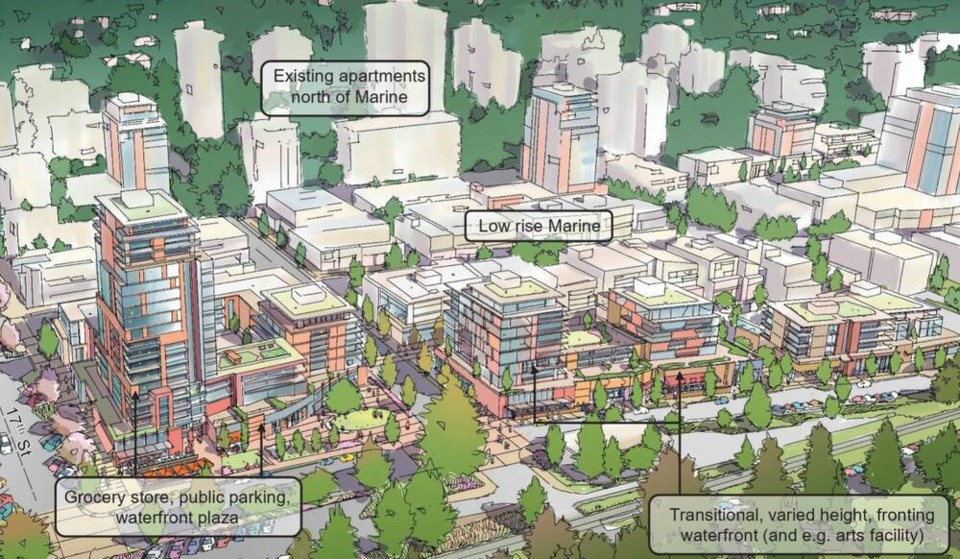Dear Editor:
Re: Letter: West Vancouver needs to stop letting the comfortably housed block our future
Karin Kirkpatrick’s letter misrepresents legitimate community concerns and dismisses the voices of West Vancouver residents.
At its core, local government exists to serve local residents. Council’s mandate is to listen to and represent the people who live here, not to push through top-down plans that overlook infrastructure realities and local feedback.
The suggestion that West Vancouver resists revitalization is simply untrue. Revitalization is not being blocked; it is occurring. Over the past decade, West Vancouver has seen major mixed-use developments including, albeit not limited to, the Grosvenor Ambleside, Horseshoe Bay Sanctuary, the ongoing Cypress Village Development, Dundarave Village improvements and the upcoming Pierwell project. These projects show that our community is open to growth – when it is well-integrated, community-driven and appropriately scaled.
The claim that West Vancouver is resistant to density is also misleading. According to the 2021 Census, 44.4 per cent of homes in West Vancouver are multi-family units, a proportion nearly identical to the District of North Vancouver (50.7 per cent) and Squamish (50.6 per cent). This shows that West Vancouver already embraces a diverse housing mix and is not an outlier.
And it is not true that the community is opposed to affordable housing. A prime example is the Kiwanis project, which nearing completion will deliver non-market housing for local workers and families. It was planned with care, received broad public support, and is proof that our community can support inclusive housing when done responsibly.
What concerns many residents about the current Ambleside local area plan is not the idea of growth. Local residents, businesses and associations have concerns that require consideration with respect to local projects, but also require broader integrated infrastructure planning.
The North Shore’s transportation network is already under severe pressure, with traffic congestion worsening daily. Yet there are no major investments planned for transit, roads, hospitals, schools, or other essential infrastructure needed to support population growth. Pushing additional density without those supports risks degrading quality of life and harming the environment.
Finally, Kirkpatrick’s tone is troubling. Rather than uniting the community around constructive dialogue, her letter attempts to dismiss and marginalize residents, many of whom are deeply invested in shaping the future of their neighbourhood.
Pedro Lourenco
West Vancouver




